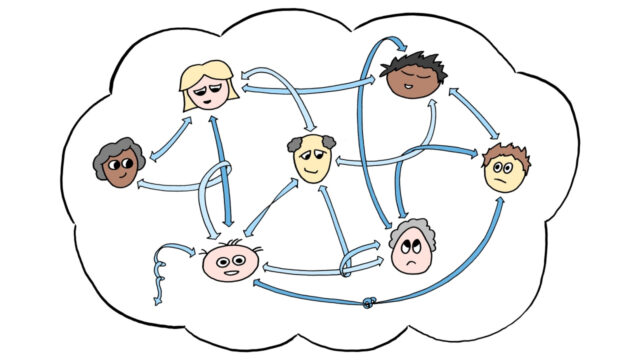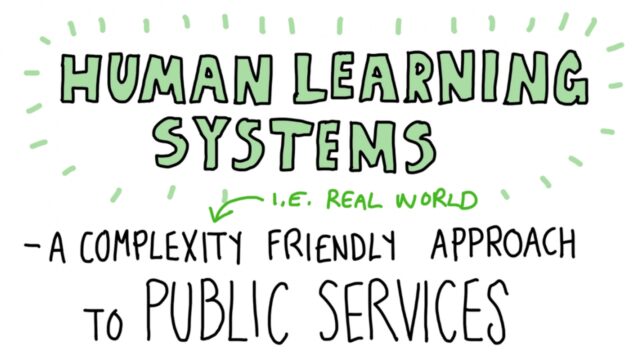
Planning and strategy development in the face of complexity series (part 5): Task 3 – Assess the distribution of knowledge and capacities
This article is part 5 of a series of articles featuring the ODI Background Note A guide for planning and strategy development in the face of complexity.
Finally, we need to assess whether the capacities to tackle an issue are distributed across a range of interacting players and whether the success of our project/programme depends to a greater or lesser extent on the actions of others. Some international development interventions often involve a range of actions implemented by a network of partners who possess or control the relevant skills and resources. For example, the management of natural resources and the maintenance of common assets such as fisheries, forests or freshwater drainage require action at a number of different levels from communities through local government to national policy and international agreements, and the outcomes at many of these levels are influenced by a range of loosely-connected stakeholders. In many contexts, actions that disregard the agency of any one level have proven ineffective. For example, fish stocks have often become severely depleted when local communities have lost their rights to fish in local waters.
No single action or actor can achieve the intended change alone – that requires ongoing negotiation, collaboration, or confrontation with a variety of actors. Success in aiming to promote policy change is a prime example, relying as it does on forming coalitions and interacting with broad networks of actors. Planning and the corresponding decision-making during implementation should take into account the relevant knowledge, where it can be found, and how it should be connected to the intervention for effective action.
Why do distributed capacities matter?
Some planning tools are not entirely well-suited to situations that are characterised by distributed capacities and knowledge. Top down planning approaches assume that a single intervention or organisation has the capacity to tackle an issue alone, or that planning can be done in isolation from others working on an issue. The idea is that leadership operates best through a ‘command and control’ style most appropriate for hierarchical organisations, with the perspectives of partners and implementers having little impact during the planning stage, particularly in determining the goals or the strategy to achieve them.
This often leads plans to disempower actors at lower geographic or organisational scales. Where interventions attempt to work in these contexts by passing on detailed orders to others (e.g. implementing partners) who are seen merely as executive agents, this can often constrain their work or force them to work to corporate targets at the expense of the potentially greater impact gained by working in collaboration with others.
Next part (part 6): Tailoring approaches to complex situations – Core principles.
See also these related series:
- Exploring the science of complexity
- Managing in the face of complexity
- Taking responsibility for complexity.
Article source: Hummelbrunner, R. and Jones, H. (2013). A guide for planning and strategy development in the face of complexity. London: ODI. (https://www.odi.org/publications/583-exploring-science-complexity-ideas-and-implications-development-and-humanitarian-efforts). Republished under CC BY-NC-ND 4.0 in accordance with the Terms and conditions of the ODI website.
Header image source: rawpixel on Pixabay, Public Domain.




